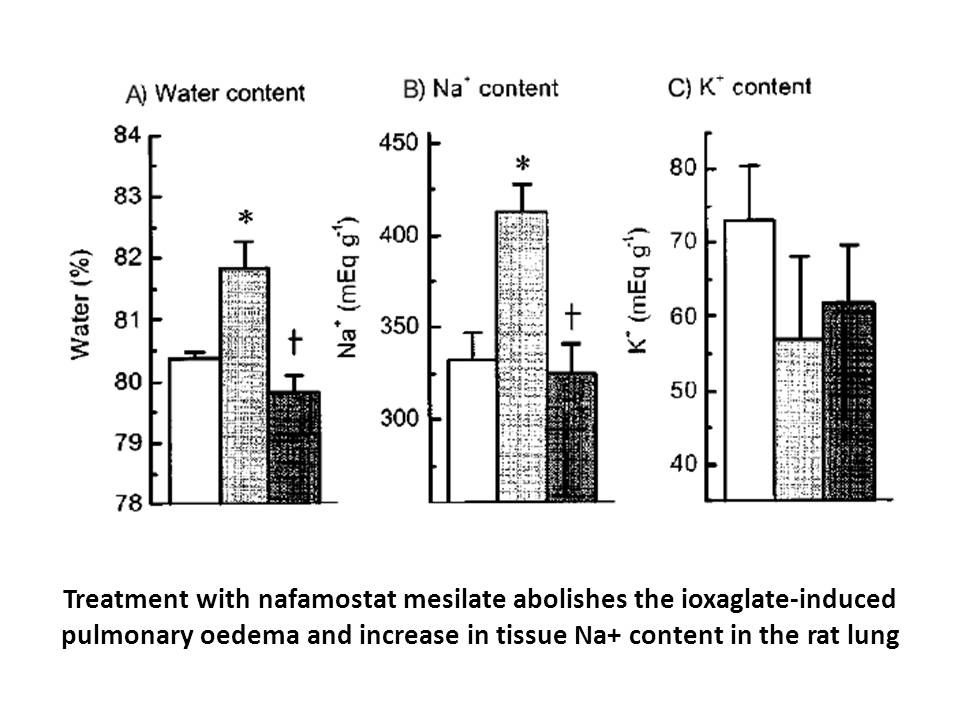Archives
br Materials and methods br Results and discussion
Materials and methods
Results and discussion
Acknowledgements
This study was supported by the Open Project Program of the Key Laboratory of Mariculture & Enhancement of Zhejiang Province (No. 2016KF003), the Key Project of Zhejiang Province (No. 2016C02055-7), and the International Science & Technology Cooperation Program of China (No. 2015DFR30450).
Introduction
The envelope protein (Env) of human immunodeficiency virus type 1 (HIV-1) consists of the surface gp120 subunit and the transmembrane gp41 subunit, which are non-covalently associated with each other 1, 2, 3. As many as some 30 N-asparagine-linked carbohydrate attachment sites were predicted in the Env amino ccr2 antagonist sequence and actual attachment of sugar chains appears to modulate the viral biological properties, infectivity and antigenicity 1, 2, 3, 4, 5, 6, 7, 8, 9. However, the functional significance of each of the glycans for viral activities is not fully elucidated.
The infectivity, cellular host range and cytopathogenicity of HIV-1 vary from strain to strain. Primary HIV-1 isolates obtained from individuals at an early asymptomatic stage can replicate in phytohemagglutinin-stimulated peripheral blood mononuclear cells (PBMC) and primary macrophages but not in established T cell lines. They are referred to as macrophage tropic (M-tropic) strains. On the other hand, the isolates from about 50% of patients at a late disease stage replicate in established T cell lines but not in macrophages, and are thus termed T-cell-line tropic (T-tropic) strains. Recently, chemokine receptors such as CXCR-4 and CCR-5 were identified as co-receptors that mediate fusion between the viral envelope and the host cell membrane and facilitate the entry of HIV-1 into cells following viral attachment to the major receptor CD4 10, 11, 12, 13, 14, 15, 16. Differences in cell tropism among HIV-1 strains are now explained by different co-receptor usage. CCR-5 is used by M-tropic strains 10, 12, 13, 14, 15, whereas CXCR-4 is used by T-tropic strains 11, 16. The third variable (V3) loop in gp120 has been found to be an important determinant for virus cellular host range 17, 18, 19, and its basic amino acid substitutions at positions 11 and/or 25 are closely associated with the T-tropic phenotype 20, 21, 22, 23, 24.
The V3 loop contains a site for N-glycosylation at the 6th position which is conserved in most HIV-1 strains but the significance of this high degree of conservation has been poorly addressed. To our knowledge, it has only been shown that the N-glycan in the V3 of some T-tropic strains (HXB2, HXB10, LAI and BRU) may be dispensable for virus infectivity 4, 5, 6, 7, 8. But removal of this N-glycan enhanced the virus sensitivity to neutralizing antibodies, suggesting its role in masking the potential antigenicity of V3 peptide 5, 6, 7, 8. Here, we re-evaluated, by site-specific mutagenesis, the significance of this N-glycan of HIV-1 strains with various cell tropisms. Contrary to the above reports, our data show that removal of the N-glycan from V3 impaired efficient virus replication. This impairment appeared to be associated with a reduced level of CXCR-4-dependent fusion and virus entry. Therefore, our data suggest the importance of the highly  conserved V3 N-glycan not only for the antigenicity of HIV-1, but also for viral infectivity and cellular host range. However, no such requirement of the glycan has been found for CCR-5-dependent fusion and virus entry characteristic of M-tropic strains. Thus, there appear to be considerable strain-specific d
conserved V3 N-glycan not only for the antigenicity of HIV-1, but also for viral infectivity and cellular host range. However, no such requirement of the glycan has been found for CCR-5-dependent fusion and virus entry characteristic of M-tropic strains. Thus, there appear to be considerable strain-specific d ifferences in the structure-functional relationships in HIV-1-co-receptor interactions.
ifferences in the structure-functional relationships in HIV-1-co-receptor interactions.
Materials and methods
Results
Discussion
In the present study, we generated N-glycosylation mutants of HIV-1 strains which differ in their cellular host range and demonstrated that the removal of the N-glycan from V3 impaired replication capability of a T-tropic HIV-1. The same mutation caused no such impediment for an M-tropic strain. The specificity of co-receptor usage of each mutant Env was confirmed by a Vac-based fusion assay, which demonstrated that the mutation affected CXCR-4-dependent fusion but not CCR-5-dependent fusion. Co-receptor-specific requirement of the N-glycan was further supported by similar mutagenesis of a dual tropic strain, as removal of the glycan affected the use of CXCR-4 but not CCR-5.